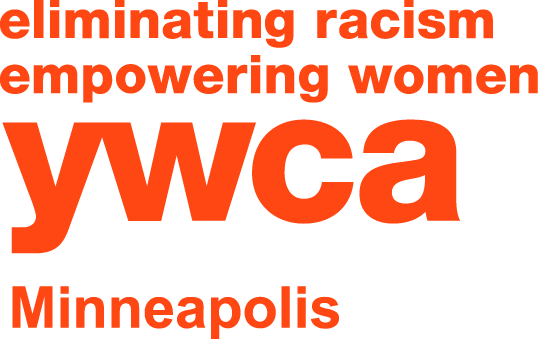What is Critical Race Theory?
In the past year, mentions of critical race theory have skyrocketed in the news and across social media, with people scrutinizing the term and its perceived effect on our education system.
As a result, critical race theory, a term new to most people, started to elicit strong emotional responses from some.
Yet, if you ask the average person (including those expressing strong opposition to it) what critical race theory is, chances are, they do not know exactly.
What is Critical Race Theory?
So, what is critical race theory? And why have we not heard about it until now?
In the 1970s, a group of anti-racist legal scholars developed critical race theory as a practice of interrogating the connections between America’s racial histories of the past and the racial inequalities that we are experiencing currently.
Legal scholar Kimberlé Crenshaw, who coined the term, said: “Critical race theory is a practice; a way of seeing how the fiction of race has been transformed into concrete racial inequities. It is an approach to grapple with a history of white supremacy that rejects the belief that what’s in the past is in the past and that the laws and systems that grow from that past are detached from it.”
It is important to note that this practice of examining race has spread to other fields outside of legal theory, yet teaching critical race theory remains a law school course.
Hence, the average individual is not familiar with the term.
The Attacks Against Critical Race Theory
You may be asking, what are the attacks against critical race theory, and where do they stem from?
To understand the hysteria surrounding critical race theory, let us examine this phenomenon through the lens of critical race theory – and explore the racial climate in our country before the fervor of concerns emerged about the teaching of race in our schools.
Racial Tensions Across the Nation
In the last few years, racial tensions began boiling across the nation, and due to the availability of cell phones, we collectively bore witness to incidents of overt racism around the country.
From scenarios of Black individuals experiencing harassment, verbal and physical threats and assaults for simply existing to the barrage of police and vigilantes' killings of unarmed Black people.
We arrived at a tipping point when the world watched the killing of George Floyd by Minneapolis police officer Derek Chauvin.
This has ignited nationwide protests where millions of Americans took to the streets to demand justice and affirm that Black Lives Matter.
The Call for Better Training in a Response to Racial Inequities
As a response to these demands, localities, schools, nonprofits, foundations and corporations have noticeably expressed a renewed commitment toward racial equality and justice.
Many institutions promised better trainings to understand racial inequities and ways to eliminate them, while others pledged to allocate substantial funding for efforts that examine and mitigate inequities in our communities.
Racial Progress and Backlash
Our history is rife with occurrences where periods of racial progress were immediately followed by backlash reinforced by regressive laws. (Read more about this in this article by Teen Vogue.)
Since history tends to repeat itself, academics and legal scholars were expecting the onslaught that was on the way. During that same period, conservative news media began attacking critical race theory and labeling it a form of racist teaching.
The attacks established a false equivalency between examining the role race plays in creating inequities to actual racism.
This was a feat shrewdly accomplished through highly sensationalized, strategically curated soundbites weaponizing the language of colorblindness and demanding the elimination of any mention or discussion of race in any teaching.
Kimberlé Crenshaw brilliantly details the highly organized, well-funded attacks and their sole purpose of censoring anti-racist education to dominate and control the narrative and, consequently, maintain the status quo.
What Can You Do?
Let us be honest: remaining neutral in situations of oppression is never neutral but a silent nod to the continuation of oppression and the maintenance of power as we know it.
The iconic civil rights activist Angela Davis taught us: “In a racist society, it is not enough to be not racist. We must be anti-racist.”
It is imperative to be proactive and take a stand against these attacks aiming to rewrite history and normalize inequity. Educate yourself about critical race theory, and invite your family, friends and colleagues to learn with you.
Below are a few resources to expand your understanding of the topic, starting with a short, outstanding 60-second video.
Other Actions to Take:
Watch a recording of our event, The Importance of Understanding Critical Race Theory:
Join and support the campaigns leading the fight to teach the truth about our history organized by African American Policy Forum in collaboration with Zinn Education Project and Black Lives Matter at School.
Learn more about the #TRUTHBETOLD Campaign.
Speak to your local school board about why you want your children taught authentic U.S. history.
Reach out to your local representatives and make sure they know that you support #TeachTruth in your children’s schools.
Educators, aim for a Culturally Responsive Education. Check out the Critical Race Theory Toolkit.
Parents, inspect your students’ curriculum with the Culturally Responsive Curriculum Scorecard.
Learn more about DEI in Schools.
